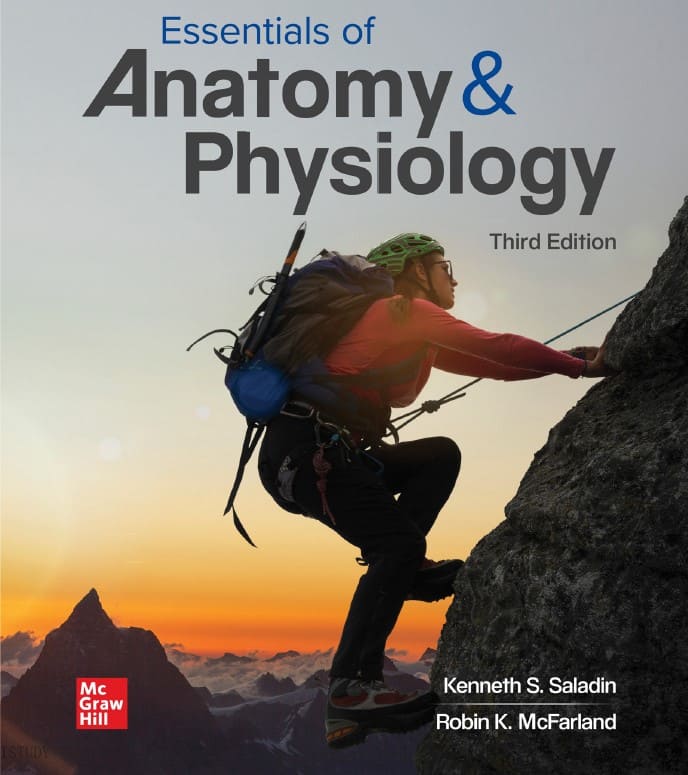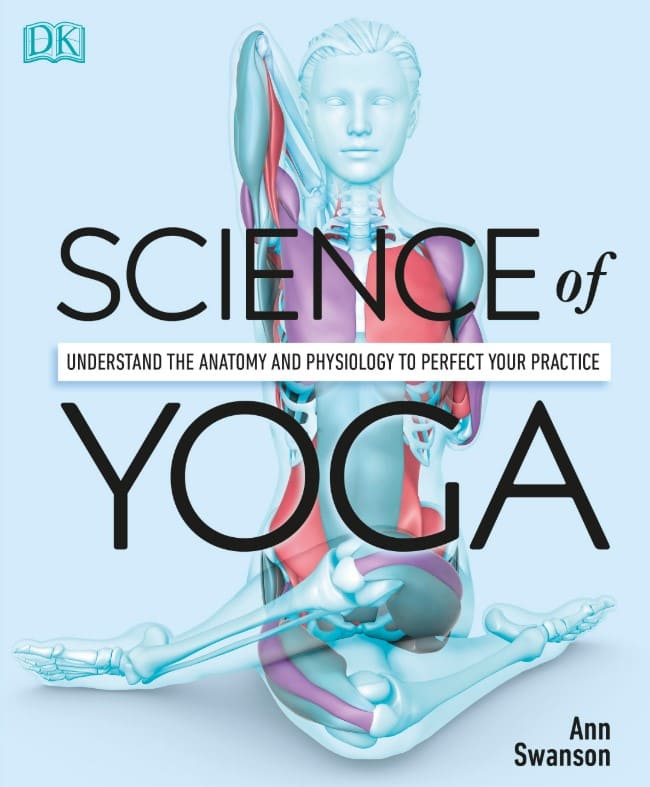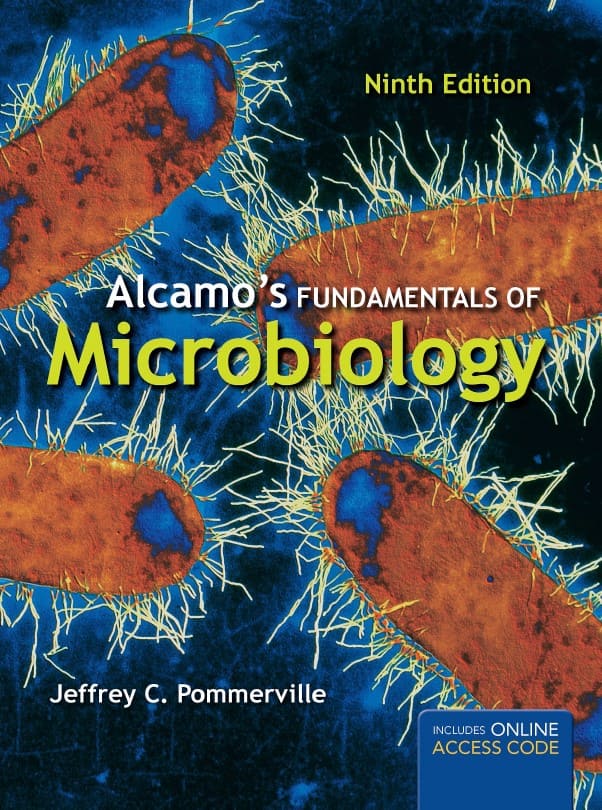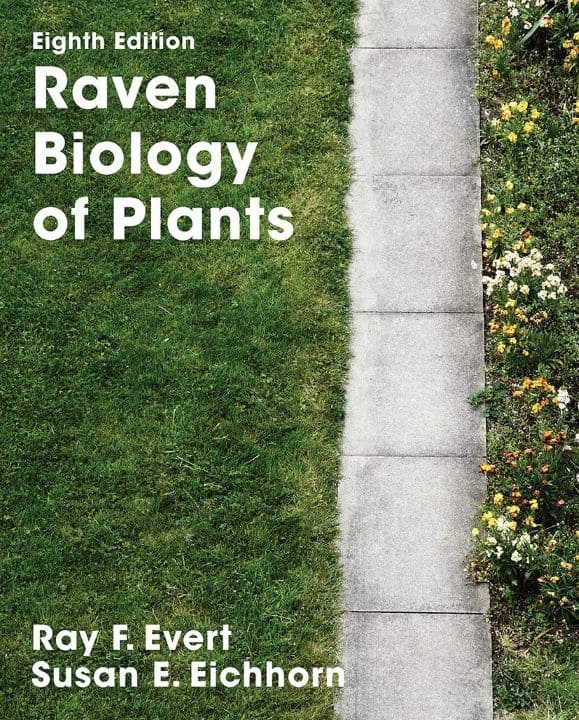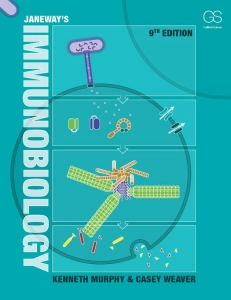 Download Janeway’s Immunobiology (9th edition) by Kenneth Murphy & Casey Weaver.
Download Janeway’s Immunobiology (9th edition) by Kenneth Murphy & Casey Weaver.
Janeway’s Immunobiology (9th Edition) by Kenneth Murphy and Casey Weaver is a cornerstone resource in immunology, renowned for its clear, comprehensive exploration of the immune system’s complex mechanisms. This edition continues the legacy of Janeway’s foundational approach, combining rigorous scientific detail with accessible explanations.
It delves into the cellular and molecular dynamics that drive immune responses, covering the innate and adaptive systems, immune regulation, and the interplay with infectious and non-infectious diseases. With updated research insights and vivid illustrations, this text serves as an essential guide for students and professionals aiming to understand the critical role of immunology in health and disease.
Janeway’s Immunobiology is designed primarily for undergraduate and graduate students, as well as medical students, but its depth also makes it a valuable resource for immunology trainees and practicing professionals. Adopting the host’s perspective in its approach, the text distinguishes immunology’s role in defending against microbes from the focus of microbiology.
It also covers related areas such as autoimmunity, immunodeficiencies, allergies, transplant rejection, and new advances in cancer immunotherapy. A companion text, Case Studies in Immunology, complements this by providing real-life examples of immune-related diseases, with symbols in Immunobiology marking relevant concepts linked to these case studies.
The ninth edition maintains its structure of five major sections across sixteen chapters, with reorganized content to streamline presentation and minimize redundancies. This edition brings significant updates, including over 100 new figures and expanded discussions on recent findings in the field.
The first section (Chapters 1–3) introduces the latest insights on innate sensing mechanisms and newly identified innate lymphoid cells. A core theme is the concept of ‘immune effector modules’ that guides the rest of the book. Updates to chemokine networks are presented in Chapters 3 and 11.
In the second section (Chapters 4–6), new information on γ:δ T cell recognition and class-switch recombination processes are included. The third section (Chapters 7 and 8) has been expanded with recent advancements in integrin activation, cytoskeletal changes, and Akt and mTOR signaling pathways.
The fourth section enhances coverage of CD4 T cell subsets (Chapter 9), including follicular helper T cells that regulate switching and affinity maturation (Chapter 10). Chapter 11 is organized around the effector module concept to explore innate and adaptive responses to pathogens, with a focus on tissue-resident memory T cells. Chapter 12 offers a thorough update on mucosal immunity.
In the final section, the treatment of primary and secondary immunodeficiencies has been reorganized, adding insights into immune evasion by pathogens and HIV/AIDS (Chapter 13). There is expanded coverage of allergies in Chapter 14, autoimmunity and transplantation in Chapter 15, and new breakthroughs in cancer immunotherapy—including ‘checkpoint blockade’ and CAR T-cell therapies—in Chapter 16.
The ninth edition also includes a comprehensive update to end-of-chapter review questions, available online. A new Immunologist’s Toolbox appendix introduces recent techniques such as the CRISPR/Cas9 system and mass spectrometry/proteomics, while a new Question Bank has been created to support instructors in developing exams that foster synthesis and deeper understanding of immunology concepts.
Contents
Part I: An introduction to Immunobiology and Innate Immunity
- Basic Concepts in Immunology
- Innate Immunity: The First Lines of Defense
- The Induced Response of Innate Immunity
Part II: The Recognition of Antigen
- Antigen Recognition by B-cell and T-cell Receptors
- The Generation of Lymphocyte Antigen Receptors
- Antigen Presentation to T Lymphocytes
Part III: The Development of Mature Lymphocyte Receptor Repertoires
- Lymphocyte Receptor Signaling
- The Development of B and T Lymphocytes
Part IV: The Adaptive Immune Response
- T-cell-Mediated Immunity
- The Humoral Immune Response
- Integrated Dynamics of Innate and Adaptive Immunity
- The Mucosal Immune System
Part V: The Immune System in Health and Disease
- Failures of Host Defense Mechanisms
- Allergy and Allergic Diseases
- Autoimmunity and Transplantation
- Manipulation of the Immune Response
Download Janeway’s Immunobiology (9th edition) by Kenneth Murphy & Casey Weaver in pdf from following download links.
Password for Download Links: biology.com.pk
File Size: 19.6 MB. Pages: 927. Download Instructions. Kindly read the disclaimer.
You can also purchase Janeway’s Immunobiology (10th edition) by Kenneth Murphy & Casey Weaver from Amazon by clicking the image below.
You may also like to download the following books:
- Kuby Immunology (8th Ed.) by Jenni Punt, Sharon A. Stranford, Patricia P. Jones & Judith A. Owen
- Cellular and Molecular Immunology (9th Ed.) by Abul K. Abbas, Andrew H. Lichtman & Shiv Pillai
- Basic Immunology: Functions and Disorders of the Immune System (6th Ed.) by Abul K. Abbas, Andrew H. Lichtman & Shiv Pillai
Download Hundreds of Best-Selling Biochemistry, Biology, Botany, Medical, Microbiology, Psychology and Sociology Books from Download Books.
Happy studying!


